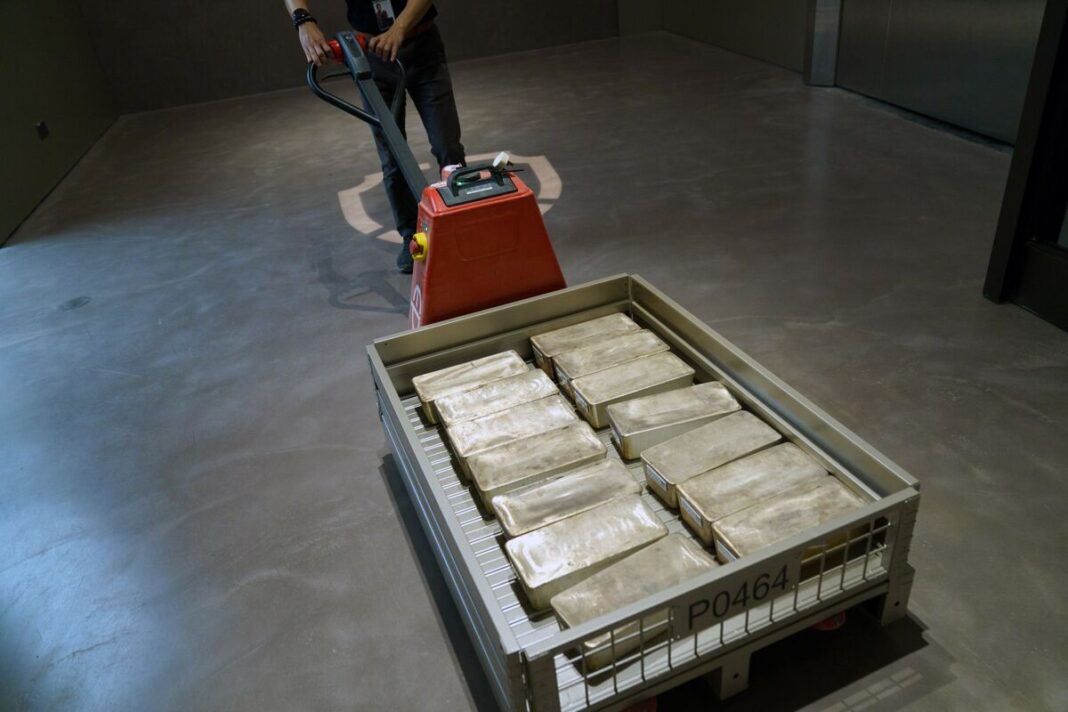Turmoil in the London Silver Market: The History and Impact of the Recent Short Squeeze
The silver market in London is experiencing unprecedented upheaval, primarily driven by a massive short squeeze that has pushed prices above $50 per ounce. This surge is only the second time in history that silver has reached such heights, echoing memories of the infamous Hunt brothers’ attempt to corner the market in the early 1980s. Let’s delve into the factors fueling this volatility, the historical context, and the implications for investors and traders.
Understanding Short Squeezes: What’s Happening?
A short squeeze occurs when a heavily shorted asset sees a rapid increase in its price, forcing short sellers to buy back shares to cover their positions. As these short sellers scramble to exit, prices can rise even further, creating a feedback loop that amplifies the price surge. In recent weeks, heightened demand for silver and market speculation have contributed to this phenomenon, with prices soaring past the psychological barrier of $50 an ounce.
Historical Echoes: The Hunt Brothers’ Attempt to Corner Silver
To fully appreciate the current situation, it’s essential to look back at the Hunt brothers—Nelson and William—who famously attempted to corner the silver market in the late 1970s and early 1980s. By accumulating massive silver holdings, they drove prices to an all-time high of over $50 per ounce in January 1980. However, their strategy backfired spectacularly when the market crashed, prompting regulatory changes to prevent similar occurrences. Now, with prices again flirting with this psychological milestone, many analysts are drawing parallels to this historical event.
Factors Driving Current Prices
Increased Industrial Demand
One of the primary drivers behind the recent price surge is an increase in industrial demand for silver, which is a key component in various manufacturing processes, including electronics, solar panels, and electric vehicles. As global economies shift towards more sustainable energy solutions, the demand for silver has intensified, contributing to upward pressure on prices.
Speculative Trading
Speculation has also played a significant role in the current market volatility. Traders, analysts, and retail investors have increasingly turned to silver as a hedge against inflation and economic uncertainty. The heightened interest from this demographic has added fuel to the fire, leading to increased buying pressure and growing concerns among short sellers.
Geopolitical Tensions
Geopolitical events often affect precious metal prices, and the current climate is no exception. Global uncertainties—including conflicts and trade disputes—drove investors toward safe-haven assets like silver, further increasing demand. This has compounded the challenges for those holding short positions in the market.
The Role of ETFs and Institutional Investors
Exchange-Traded Funds (ETFs) have revolutionized the way investors access silver. While they provide a convenient method for investing, they also contribute to market dynamics. As more capital flows into silver-backed ETFs, the demand for physical silver rises, creating a supply-demand imbalance that exacerbates price volatility. Institutional investors, who often manage significant capital, have also increased their exposure to silver, further complicating a landscape already rife with uncertainty.
The Impact on Retail Investors
Retail investors looking to capitalize on the recent price movements face both opportunities and risks. While the chance for significant profit draws many into the market, the volatility associated with short squeezes can lead to substantial losses. It’s crucial for retail investors to conduct thorough research and understand the market mechanics before diving in.
Regulatory Responses and Market Impact
The recent fluctuations have caught the attention of regulators, prompting discussions about potential regulatory changes. Policymakers are closely monitoring the situation to prevent market manipulation and ensure stability. Potential measures could include stricter oversight of trading practices and increased transparency in short-selling activities. These regulatory changes could fundamentally alter how silver is traded in the future.
Future Projections: What Lies Ahead?
The outlook for silver prices remains highly uncertain. While some analysts project further increases due to ongoing demand and market dynamics, others warn of potential corrections if the current momentum wanes. External factors such as monetary policy changes, inflation, and global economic shifts will likely play crucial roles in determining the future trajectory of silver prices.
Conclusion
As the London silver market continues to navigate this tumultuous period, the implications of the current short squeeze extend far beyond immediate price fluctuations. The blend of historical precedents, market factors, and investor psychology creates a rich tapestry of dynamics that will shape the future of silver trading. With so many moving parts at play, staying informed and adaptable will be key for anyone involved in this fascinating market.



